Arusha National Park - Mount Meru, Ngurdoto Crater, Momella Lakes
Explore Diverse Ecosystems from Lakes to Lush Forests!
Arusha National Park is renowned as the gateway to African Safaris. Situated just 37 km from Arusha town, this park is one of the most easily accessible and visually stunning national parks in Tanzania. Encompassing 137 sq. km, the Arusha National Park showcases a rich diversity of flora and fauna.
The landscapes in Arusha are among the most picturesque in Tanzania, featuring varied wildlife and iconic geographical features. The magnificent Ngurdoto Crater, located in the southeast, and the tranquil Momella Lakes in the northeast, provide unique environments for safari-goers on Tanzania Safari Tours.
Meanwhile, the towering Mount Meru, the fifth-highest peak in Africa, dominates the park's skyline. The summit offers extraordinary views of Mount Kilimanjaro, perfect for those warming up with Arusha Safaris before attempting Kilimanjaro.
The park's varied habitats, including shadowy montane forests, lush hills, grassy savannahs, and alpine deserts, support a wide range of wildlife. Visitors to Arusha National Park Safaris can spot giraffes, zebras, dik-diks, elephants, buffaloes, hippos, warthogs, as well as black and white colobus monkeys and blue monkeys. Additionally, those fortunate might see leopards, cheetahs, hyenas, wild dogs, and wildebeests.
Moreover, the park is a haven for birdwatchers, with over 400 bird species. Bird enthusiasts can observe predatory birds such as Verreaux's eagle and a diverse array of waterbirds like flamingos, ducks, pelicans, herons, little grebes, and waders at Momella Lakes. The park also serves as a sanctuary for migratory birds from November to April, enhancing its appeal for those engaged in Tanzania Safari Tours.
Highlights
- Mount Meru: A majestic volcano with stunning vistas and climbing opportunities.
- Ngurdoto Crater: Lush crater rich in wildlife and scenic beauty.
- Momella Lakes: Vibrant alkaline lakes teeming with flamingos and birdlife.
- Wildlife: Spot giraffes, zebras, and buffaloes in their natural habitat.
- Diverse Landscapes: Enjoy forests, savannahs, and craters all in one park.





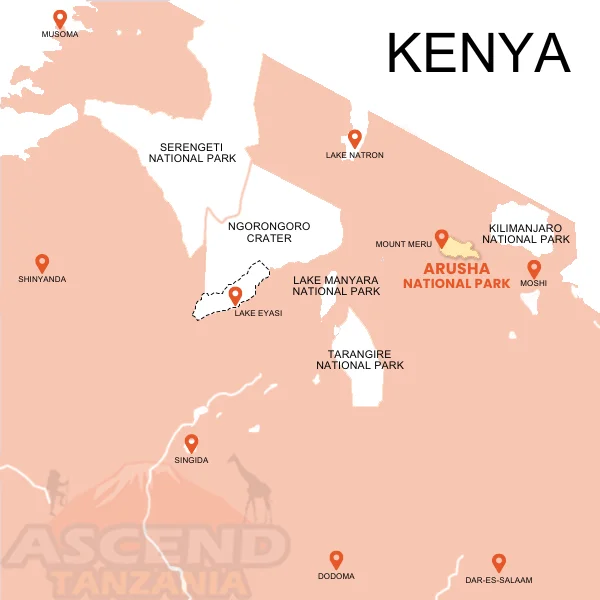
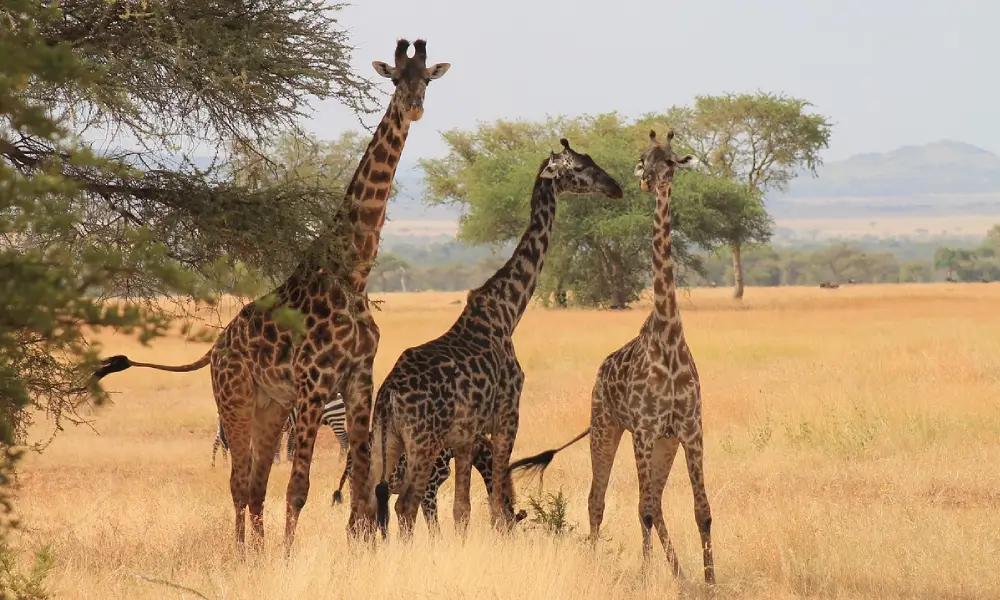
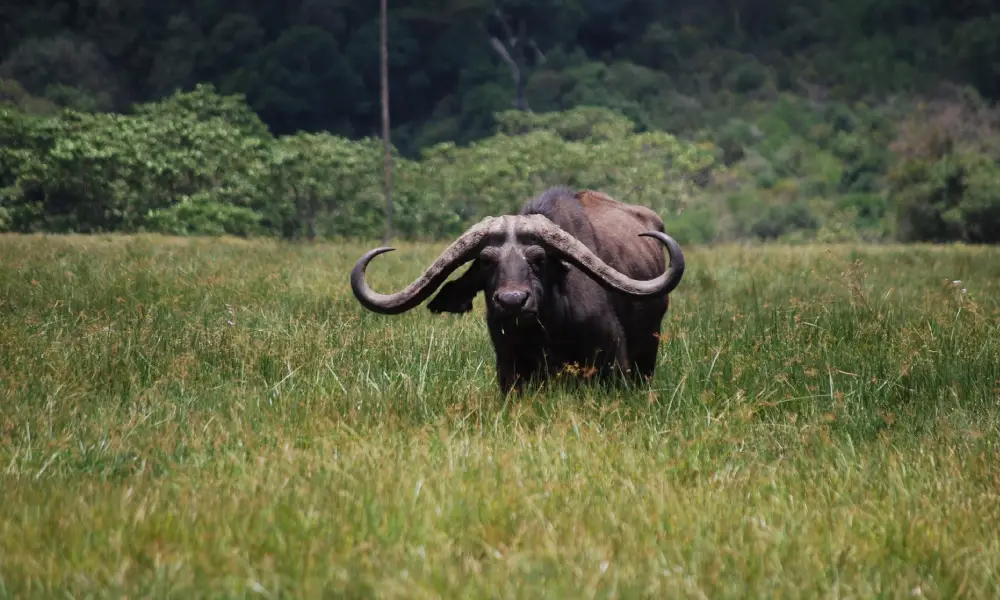

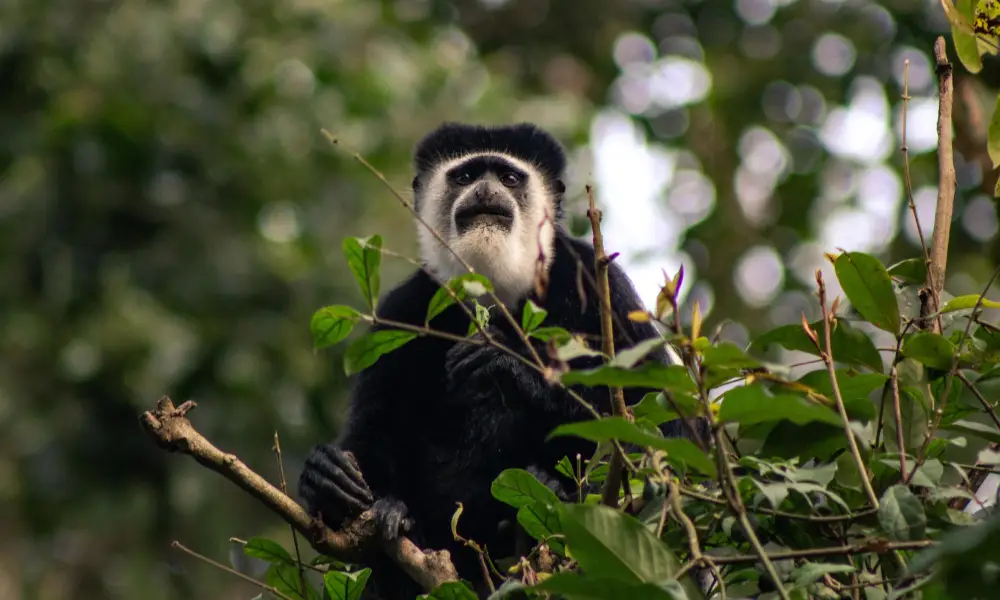






 Customize Safari Packages
Customize Safari Packages 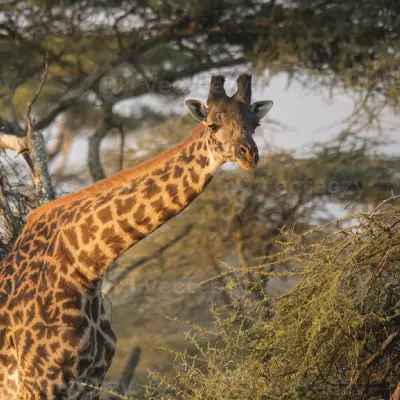
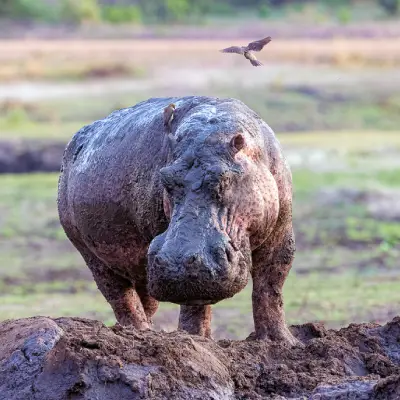

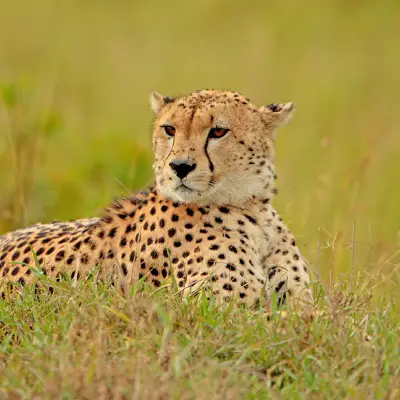
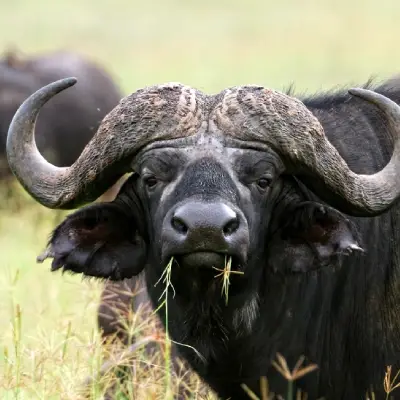

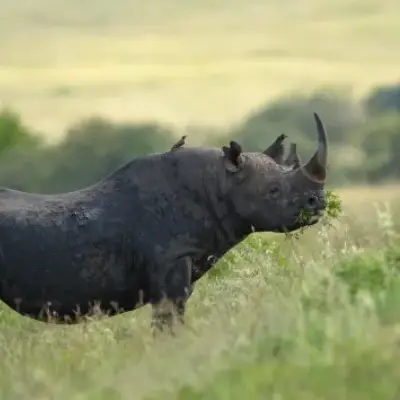

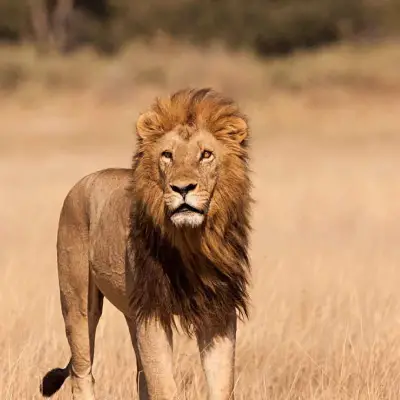
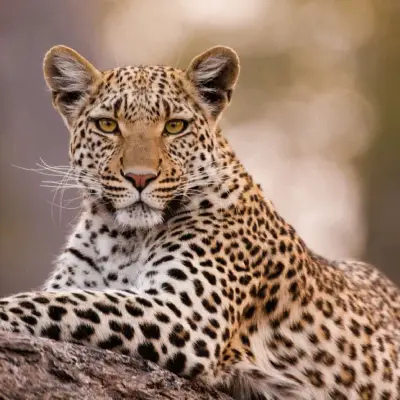
 22°C
22°C 65MM
65MM



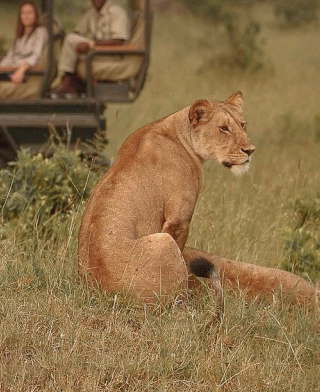
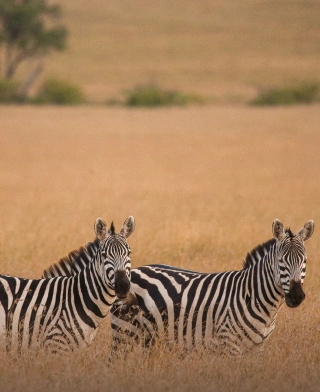
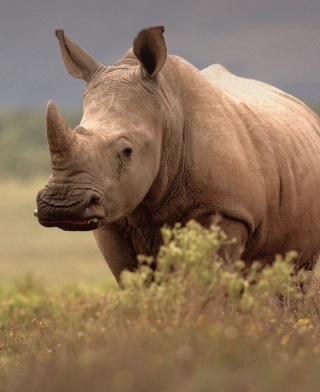





















"Excellent Company To Climb With"
I booked my Kilimanjaro climb (6 Day Machame route) with Ascend Tanzania because I was travelling solo and on a budget
Read Reviews